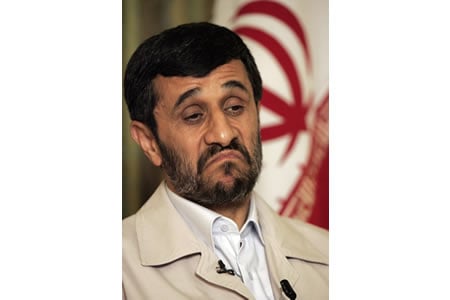
Since last week’s release of the latest IAEA report on Iran’s nuke program, I have seen a schism between those who believe the report is noteworthy and those who think it is simply more of the same from the Agency. I fall firmly into the former camp. As I noted in my previous post, the tone of the report is different than previous Iran reports and it is clear that current IAEA DG Amano is far more willing to put the screws to the Iranian government than was former DG Elbaradei. I also highlighted that the report called out the “foreign scientist” who was likely to have helped the Iranians with their program.
Well, I’m not alone. Joby Warrick has written a lengthy piece on the elusive Vyacheslav Danilenko, name-checked in the Wired piece I included in my previous piece. In it, Warrick describes how the Russian weapons scientist allegedly used a synthetic diamonds business as a cover for frequent trips to Tehran to assist in its nuclear weapons program. Danilenko, a veteran of the Chelyabinsk-70 Soviet weapons production facility, used his expertise in explosives and gas dynamics contributed to the design and testing of small, high-precision detonators that could produce a perfectly symmetrical shock wave needed to ensure a sustained nuclear chain reaction.” The Institute for Science and International Security, in a piece published yesterday, fills in some of the blanks on Danilenko’s work.
The ISIS piece notes that Danilenko was first identified in a February 5, 2010 piece by Paul-Anton Krueger in the Sueddeutsche Zeitung, although not by name. The article discussed among other topics the Iranian multipoint initiation system to which Danilenko is alleged to have contributed. Predictably, Denilenko has denied any involvement in the Iranian nuclear program, despite the trail of evidence the IAEA has collected and which points in his direction.